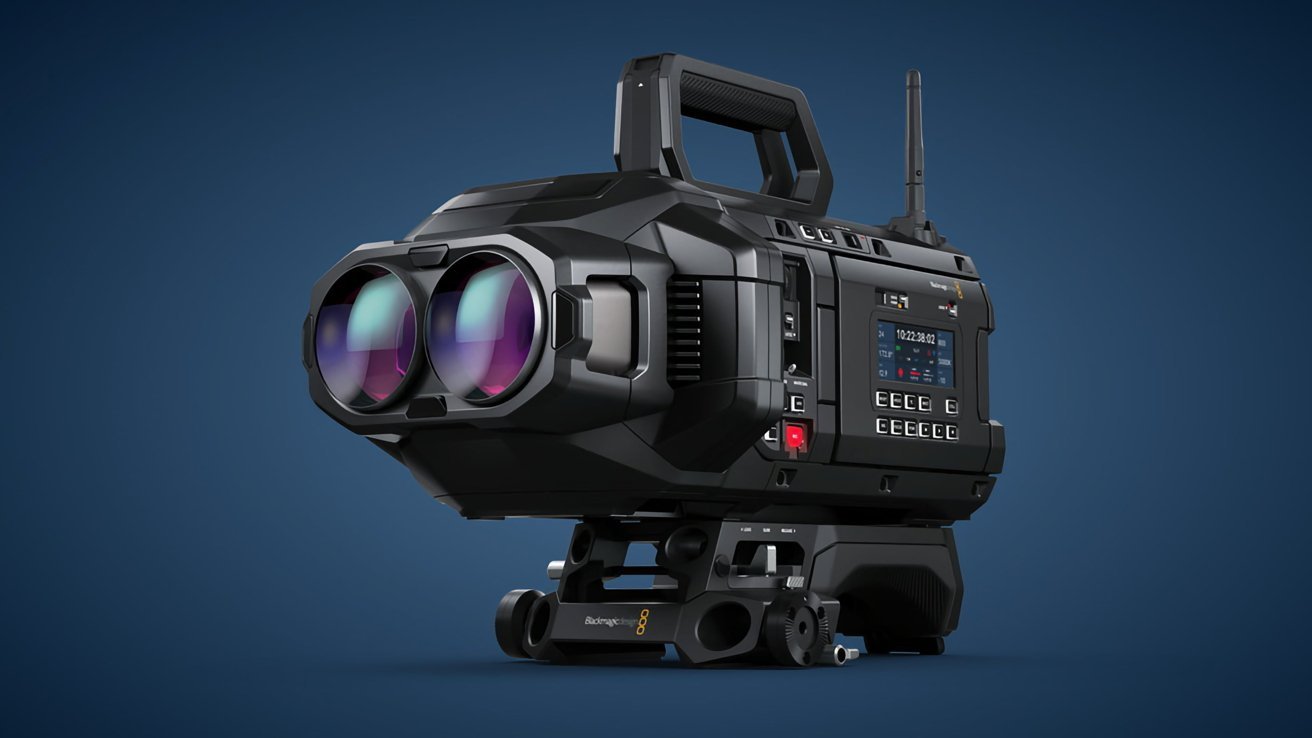Sora prompt: “Create a video of a person, focusing on a close-up of their face. The camera captures … [+]
Sign-ups for OpenAI’s Sora text-to-video tool are live again after a temporary halt due to high demand following the tool’s public launch last week.
OpenAI launched its generative AI tool tool on Monday, Dec. 9, making it available to anyone with a paid ChatGPT Plus or Pro subscription. However, later the same day, a message on Sora.com greeted visitors with the news that they’d have to wait to try the tool.
“We’re currently experiencing heavy traffic and have temporarily disabled Sora account creation,” the message read. “If you’ve never logged into Sora before, please check back again soon.”
Account signups resumed on Friday.
“We are ready for you!” OpenAI CEO Sam Altman wrote on X, sharing a message from Rohan Sahai, Sora’s product engineering lead.
OpenAI declined to share how many people have signed up for Sora so far.
The tool produces short, high-fidelity videos from written text prompts, and users can also input their own visual assets for remixing and blending. OpenAI first introduced Sora in February, but at the time only made it available to a select group of artists, designers and filmmakers, who shared the surreal results of their experimentation in March.
Who Can Sign Up For OpenAI Sora Now?
ChatGPT users anywhere can now play with the new version called Sora Turbo — anywhere, that is, except in the United Kingdom, Switzerland and the European Economic Area, which includes European Union members, as well as Iceland, Liechtenstein and Norway, which are not part of the EU but participate in the EU’s single market.
Users of Sora Turbo can generate videos up to 1080p resolution, up to 20 seconds long, in wide-screen vertical or square aspect ratios. Featured videos on Sora.com range from the photorealistic — a little boy smiling in an elf costume, vividly colored birds flapping their wings — to the surreal, such as a bespectacled German Shepherd in a patterned smoking jacket reading a book and a man whose bicep turns into a moss hillside with a shinto shrine on it. In sharing the sample videos, OpenAI also included the prompts used to make them.
Spotlighting Sora’s Strengths And Flaws
On social media, users are posting their Sora experiments, too — and their impressions of the tool’s strengths and weaknesses. In one widely shared video, a gymnast twirls through the air with surplus limbs and a head that briefly detaches from her body, a bizarre scene that highlights generative AI’s struggles with movement and anatomy.
“As cool as the new Sora is, gymnastics is still very much the Turing test for AI video,” venture capitalist Deedy Das wrote on X.
With Sora now officially out to the public, those who have a $20-per-month ChatGPT Plus account can generate up to 50 Sora videos per month at 480p resolution or fewer videos at 720p resolution. The new ChatGPT Pro plan, which costs $200 monthly, allows for 10 times more Sora usage, plus higher-resolution videos with longer durations.
“We’re working on tailored pricing for different types of users, which we plan to make available early next year,” Open AI said in a blog post about Sora’s release. “We’re introducing our video generation technology now to give society time to explore its possibilities and co-develop norms and safeguards that ensure it’s used responsibly as the field advances.”
Google’s Sora Competitor, Veo 2
On Monday, Google announced Sora competitor Veo 2, a new version of the search giant’s Veo video generation tool.
“While video models often ‘hallucinate’ unwanted details — extra fingers or unexpected objects, for example — Veo 2 produces these less frequently, making outputs more realistic,” Google said in a blog post announcing the update. The tool is available on Google Labs’ VideoFX platform on a waitlisted basis.









